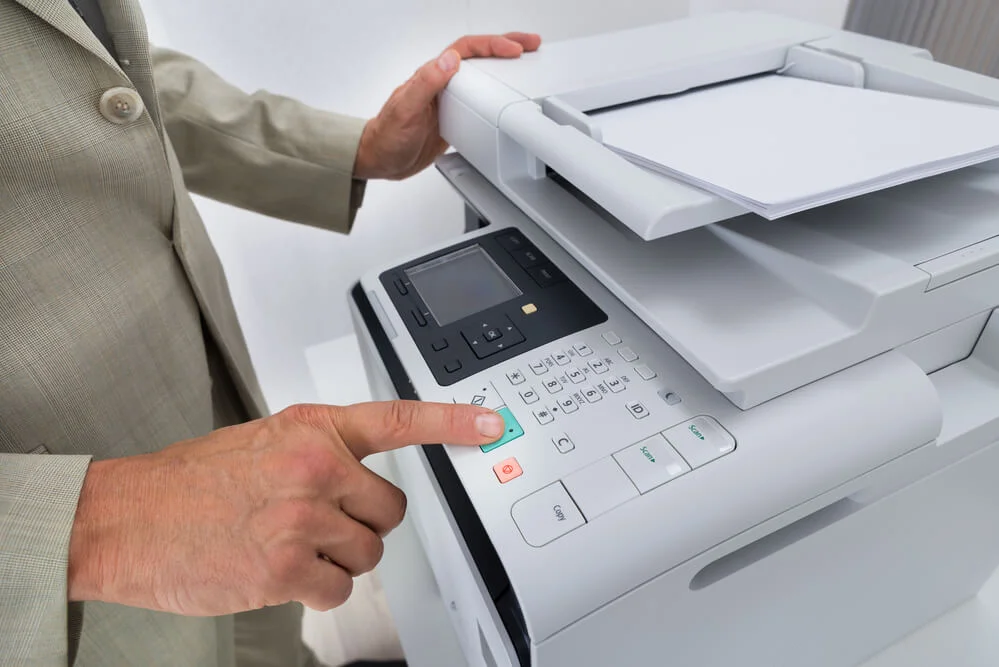Leasing a copier is a common solution for businesses looking to manage costs, keep up with technology, and maintain operational efficiency. However, while copier leases offer numerous benefits, they also come with their own set of challenges. From unexpected costs to issues with outdated technology, businesses must carefully navigate the potential pitfalls of leasing copiers. This post addresses some of the most common problems associated with copier leases and offers practical solutions to help businesses make the most of their leasing agreements.
Problem 1: High Monthly Costs Can Be Difficult to Manage
One of the biggest concerns businesses have when leasing a copier is the monthly cost. While leasing is often more affordable upfront than purchasing a copier, the ongoing monthly payments can add up over time. For small businesses or startups, these costs can become a significant financial burden.
Solution: Shop for Flexible Lease Terms
The key to managing monthly copier lease payments is to carefully evaluate different lease terms and compare providers. Not all leasing companies offer the same pricing structure, and some may have more flexible terms that better suit your financial needs. For example, opting for a shorter lease term with lower payments or negotiating for maintenance and support to be included in the lease can help reduce overall costs. Additionally, you can consider a “pay-as-you-go” option where the payments are based on usage, which may help control costs during months when print volume is lower.
Another option is to assess whether your company truly needs a high-end copier. By leasing a copier with fewer features or lower specifications, you may be able to reduce the monthly payment while still fulfilling your business needs.
Problem 2: Maintenance and Service Costs Can Be Hidden or Unexpected
Maintenance and repair costs are often a significant concern when it comes to leasing copiers. Many businesses report issues with hidden fees or unexpected charges for repairs and replacements not covered under the lease. These surprise costs can strain a business’s budget, especially if the copier breaks down frequently or requires expensive parts.
Solution: Ensure Clear Service Agreements
To avoid unexpected maintenance fees, it’s essential to thoroughly review the lease agreement and service terms before signing. Some leasing companies include maintenance and support packages as part of the lease, while others offer them as optional add-ons. Look for a comprehensive service agreement that covers not only routine maintenance but also repairs, parts, and toner. Be sure to ask the leasing company for clear documentation on what is and isn’t covered.
In addition, establish an open line of communication with the leasing company so that you can quickly resolve any maintenance issues as they arise. If the copier is frequently malfunctioning or requiring repairs, consider negotiating for a replacement machine or more extensive service coverage.
Problem 3: Copier Technology Quickly Becomes Outdated
Technology evolves rapidly, and copiers are no exception. What may be state-of-the-art when you sign the lease could quickly become outdated, leaving your business with equipment that no longer meets your needs or supports the latest software.

Solution: Negotiate for Technology Upgrades or Flexible Terms
One solution to ensure you aren’t left with outdated copier technology is to negotiate for an upgrade clause in your lease agreement. Many leasing companies offer the option to upgrade to a newer model during the term of the lease. This allows you to keep your copier up to date without the need for purchasing a new machine outright.
Additionally, ask the leasing company if they offer copiers with the ability to integrate easily with cloud services, mobile devices, or other modern office technologies. These features can extend the life of your equipment by ensuring it remains compatible with the latest office productivity tools.
If upgrades are not included in the lease agreement, consider shorter lease terms so that you can revisit your copier needs more frequently. This gives you the flexibility to switch to newer technology as soon as it becomes available.
Problem 4: Limited Flexibility with Lease Terms
While copier leasing can be a cost-effective solution, many businesses find that they are locked into rigid lease terms that don’t align with their changing needs. As business environments fluctuate, especially in rapidly growing or seasonal companies, it can be difficult to predict long-term copier needs, and an inflexible lease can create challenges.
Solution: Look for Flexible Lease Agreements
To address this problem, businesses should seek out leasing agreements that offer more flexibility. Some leasing companies provide leases with the option to scale equipment up or down, depending on how much printing your business needs. This can be a lifesaver for companies experiencing rapid growth, or those that only need additional copiers during certain seasons.
It’s also important to inquire about the possibility of early termination or lease extensions, depending on how your needs change over time. Flexible lease terms that allow for adjustments are essential for businesses that expect to evolve in the near future.
Problem 5: Poor Customer Service and Support from Leasing Companies
A common frustration with copier leases is poor customer service or delayed responses from leasing providers when maintenance or service issues arise. If your copier breaks down or experiences problems, waiting for support can lead to downtime and disrupt your operations.
Solution: Choose a Leasing Company with Strong Customer Service
To avoid the inconvenience of poor customer service, it’s essential to partner with a leasing company known for reliable and responsive customer support. Read reviews and ask for references from other customers to get a better understanding of how the leasing company handles service requests and maintenance.
When negotiating the lease, ensure that you have clear terms on response times for service calls and maintenance. Some leasing companies guarantee a certain level of service within a specified time frame, which can minimize disruptions to your workflow.
Problem 6: Overpaying for Equipment That Isn’t Fully Utilized
Some businesses end up paying for more copier capacity than they actually need. This happens when companies lease a copier model with more features or print volume capabilities than required, leading to unnecessary expenses.
Solution: Assess Your Copier Needs Thoroughly
Before entering into a lease agreement, carefully assess your company’s copier needs. Consider how much printing your business typically does on a monthly or annual basis. If your business only requires a copier for basic tasks, there’s no need to lease an industrial-level machine designed for high-volume printing.
If your business is just starting out or has low to moderate print needs, look for leasing options with smaller, less expensive copiers that are perfectly suited for your current operations. Additionally, look for lease terms that allow you to adjust the copier configuration as your business grows or changes.
Conclusion: Copier Lease Problems Can Be Managed with Careful Planning
Leasing a copier offers numerous benefits for businesses, including cost savings and flexibility. However, it also comes with challenges that can cause frustration if not managed properly. By taking the time to review lease agreements, negotiate favorable terms, and choose a leasing company with a reputation for good customer service, businesses can minimize common issues and make the most of their copier lease. Whether it’s managing costs, avoiding maintenance surprises, or ensuring access to up-to-date technology, a well-chosen copier lease can help businesses streamline operations and stay competitive.

